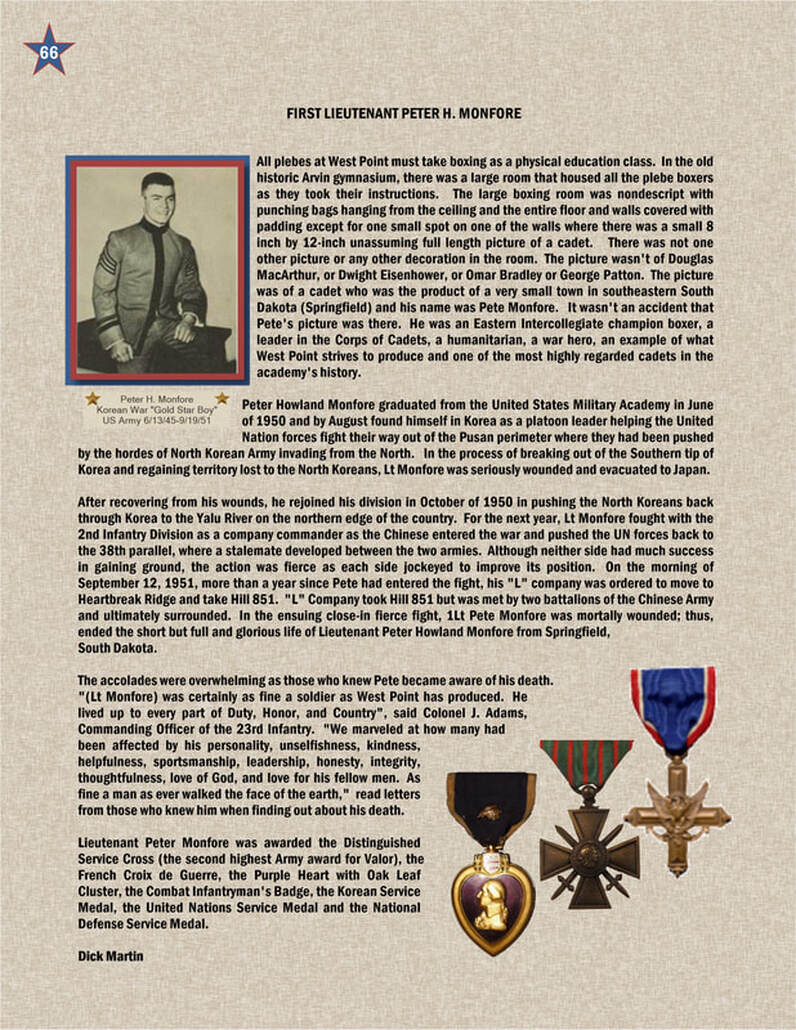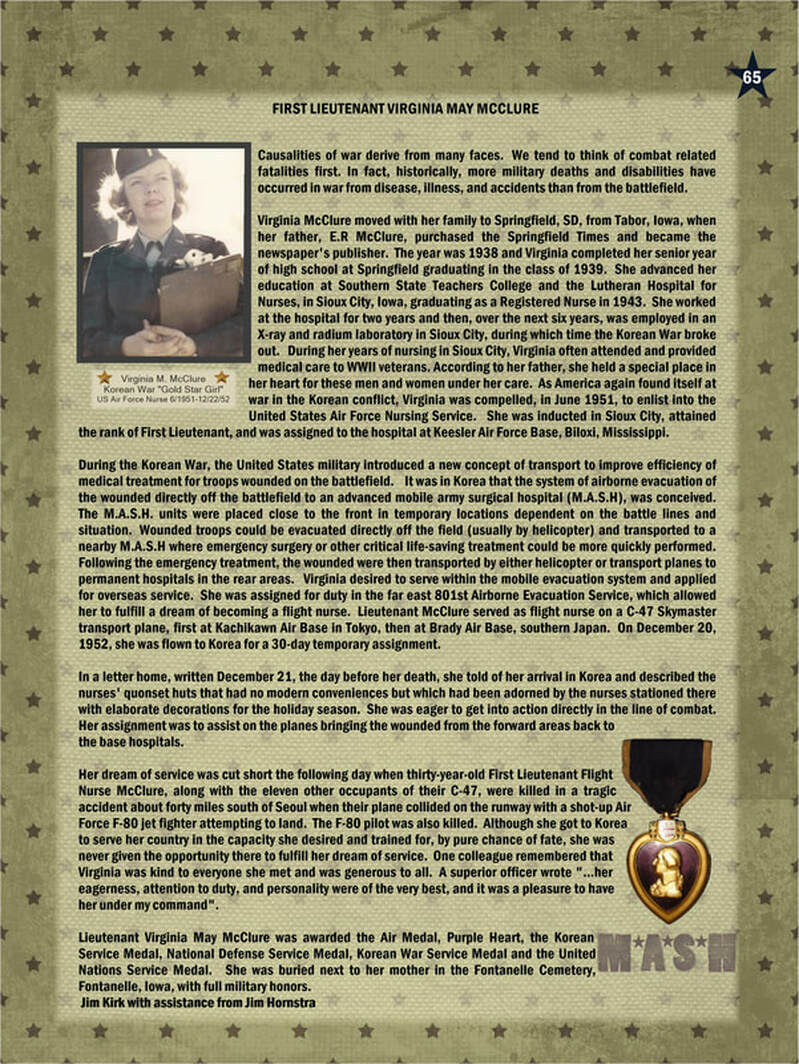|
0 Comments
 By Dick Martin Operation Tiger, Operation Jubilee, Slapton Sands, Dieppe Raid, Normandy, D-Day, Operation Overlord. Which of these actual real military exercises have you heard of? The answers for most people are Normandy, D-Day, and possibly Operation Overlord. Because it was probably the largest successful invasion in military history, those three names are known to most Americans. Because they were unsuccessful and full of operational blundering and faulty planning, the other names have been kept silent and are mostly unknown to people. Dieppe Raid – Also known as Operation Jubilee, was an Allied assault on the German-occupied port of Dieppe, France on 19 August 1942. The main assault lasted less than six hours until strong German defenses and mounting Allied losses forced its commanders to call a retreat. The raid was conducted for morale purposes, as a rehearsal for the eventual invasion of Normandy, and to placate Stalin’s (Russia) demand that the Allies start a second front to take pressure off the Russians on the Eastern front. Over 6,000 infantrymen, predominantly Canadian, had objectives that included seizing and holding a major port for a short period, both to prove that it was possible and to gather intelligence. Of the 6,086 men who made it ashore, 3,623 (almost 60%) were killed, wounded or captured. The Royal Air Force lost 106 aircraft (at least 32 to anti-aircraft fire or accidents), compared to 48 lost by the Luftwaffe. The Royal Navy lost 33 landing craft and one destroyer. Allied fire support was grossly inadequate and the raiding force was largely trapped on the beach by obstacles and German fire. Less than 10 hours after the first landings, the last Allied troops had all been either killed, evacuated, or left behind to be captured by the Germans. Virtually none of the objectives were met. Instead of a demonstration of resolve, the bloody fiasco showed the world that the Allies could not hope to invade France for a long time. The events at Dieppe influenced preparations for the North African (Operation Torch) and Normandy landings (Operation Overlord). Tiger Operation - Exercise Tiger, or Operation Tiger, was the code name for one in a series of large-scale rehearsals for the D-Day invasion of Normandy, which took place in April 1944 on Slapton Sands in Devon, England. Coordination and communication problems resulted in friendly fire deaths during the exercise, and an Allied convoy positioning itself for the landing was attacked by E-boats of Nazi Germany's Kriegsmarine, resulting in the deaths of at least 749 American servicemen. Because of the impending invasion of Normandy, the incident was under the strictest secrecy at the time and was only nominally reported afterwards. In late 1943, as part of the build-up to D-day, the British government set up a training ground at Slapton Sands. Slapton Beach was selected for its similarity to Utah Beach: Landing exercises started in December 1943. Exercise Tiger was one of the larger exercises that took place in April and May 1944. The exercise was to last from 22 April until 30 April 1944, and covered all aspects of the invasion, culminating in a beach landing at Slapton Sands. On board were nine large LSTs containing 30,000 troops prepared for their mock landing, which also included a live-firing exercise. On the evening of 26 April, the first wave of assault troops boarded their transports and set off, the plan being to simulate the channel crossing by taking a roundabout route through Lyme Bay, in order to arrive off Slapton at first light on 27 April. The first practice assault took place on the morning of 27 April and was marred by an incident involving friendly fire. During the landing itself, live rounds were to be fired over the heads of the incoming troops by forces on land. The exercise was to include naval bombardment by ships prior to the landing. This was ordered by General Dwight D. Eisenhower, the Supreme Allied Commander, who felt that the men must be hardened by exposure to real battle conditions. Several of the landing ships for that morning were delayed, and the officer in charge, decided to delay H-hour for 60 minutes, until 08:30. Some of the landing craft did not receive word of the change. Landing on the beach at their original scheduled time, the second wave came under fire, suffering an unknown number of casualties. Rumors circulated along the fleet that as many as 450 men were killed. On the day after the first practice assaults, early on the morning of 28 April, the exercise was blighted when nine German E-boats attacked the convoy. Of the two ships assigned to protect the convoy, only one was present. The other collided with an LST and returned to port to repair the damage. The E-boats spotted the convoy and attacked. The remaining ships and their escort fired back and the E-boats made no more attacks. In total, 749 servicemen were killed during Exercise Tiger. Many servicemen drowned or died of hypothermia in the cold sea while waiting to be rescued. As a result of official embarrassment and concerns over potential leaks just prior to the real invasion, all survivors were sworn to secrecy by their superiors. As it was, the mere similarity between Slapton Sands and the Calvados coast caused Hitler to, correctly, suspect that the exercise was a practice for a landing in Normandy and to insist on the need to reinforce lower Normandy. Official histories contain little information about the tragedy. Some commentators have called it a cover-up, but the initial critical secrecy about Tiger may have merely resulted in longer-term quietude. Taken from Wikipedia and National Geographic’s “Atlas of World War II.” |
Categories
All
Archives
October 2023
|

